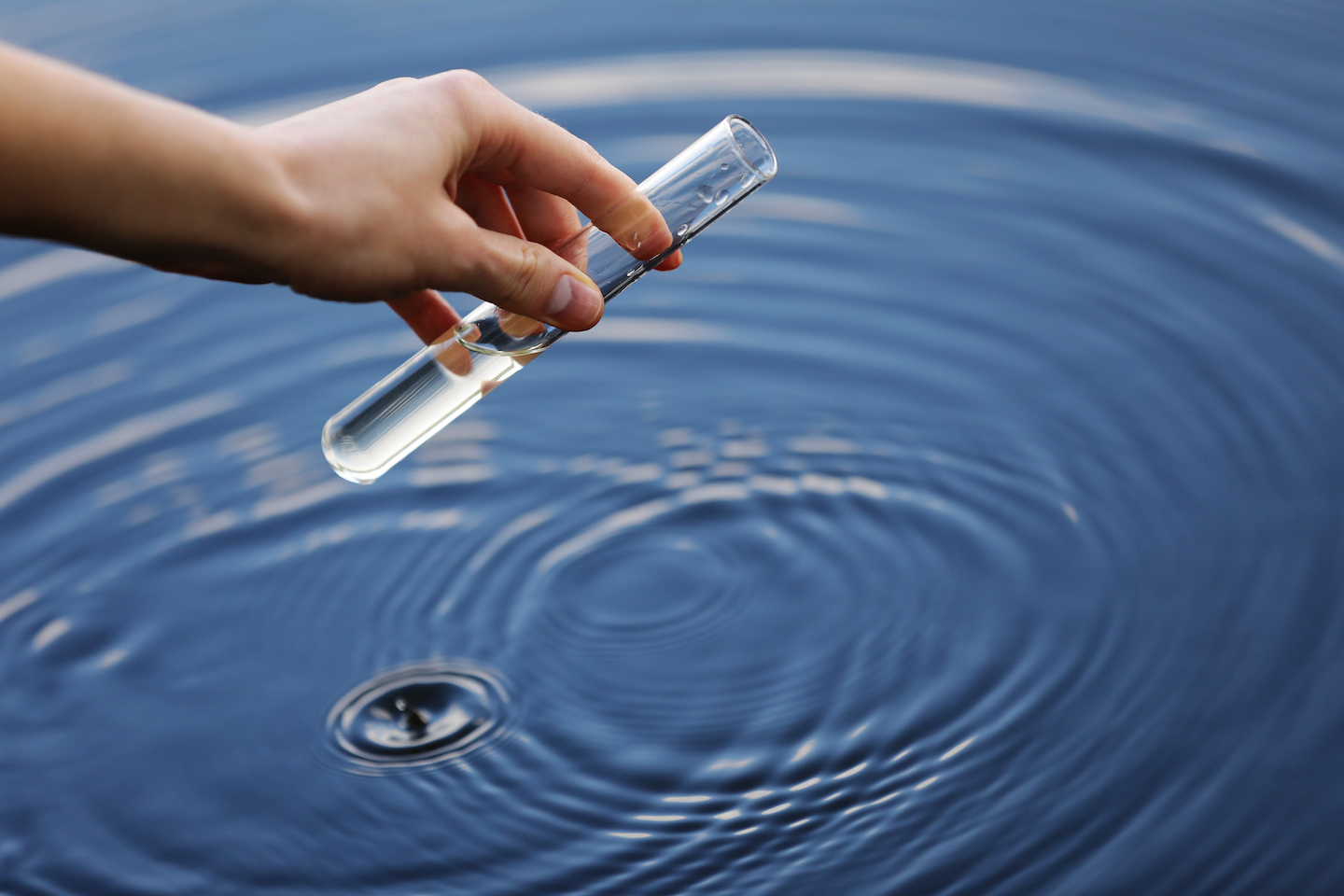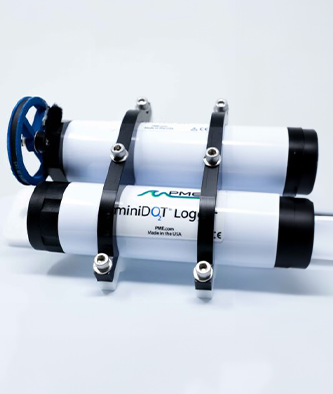Water Quality Parameters
Carbon Dioxide


What is Blue-Green Algae?
Cyanobacteria is commonly known as blue-green algae although it is not algae, but rather photosynthetic bacteria. Cyanobacteria can be found floating atop bodies of water such as ponds, lakes, water reservoirs and sometimes in brackish and salt water. As their name would suggest, blue-green algae are often distinguished by their blue-green color, although they can sometimes appear more green or even brown. Additionally, this alga frequently appears along shorelines where it can grow several inches thick and produce a musty or grassy smell.
How (and Why) Does Blue-Green Algae Bloom?
When water conditions are just right, blue-green algae will quickly grow in “blooms.” Blooms, or swarths of rapid growth, typically occur in warm water (upwards of 75°F). Atmospheric conditions also impact bloom conditions, which are optimal under calm, sunny and warm skies. As algae blooms require such exacting conditions, blooms are more prevalent during the spring and summer.
Blue-green algae growth can stem from a multitude of causes, but it is largely indicative of nutrient-rich water. While nutrient-rich water sounds like a good thing, algae blooms can sometimes be harmful. Blooms occur under ideal atmospheric and water conditions due to causes such as excessive lawn fertilization and poorly maintained sewage systems. Despite their troubling causes, most blooms are naturally broken by the water they reside in, leading to eventual destruction without human intervention.
Why Measure Blue-Green Algae in Water?
Increased understanding of blue-green algae is vital as some blooms contain toxins that are detrimental to the health of marine life, humans and their pets. Visual examination alone cannot distinguish toxic algae blooms from non-toxic counterparts. Because its presence may be indicative of otherwise unseen issues within an ecosystem, researchers must take advantage of technological innovations to accurately monitor algae levels in bodies of water and determine their toxicity. The presence of blue-green algae can have a significant impact; knowing the levels of harmful or benign blue-green algae blooms can help scientists understand, analyze and interpret certain trends in the water. Such knowledge is key in guarding against environmental threats and ensuring the safety of the community.
Measuring Blue-Green Algae (Need Copy)
PME Products (Need copy)

Fixed Cyclops-7
Ut ultricies imperdiet sodales. Aliquam proin bibendum porta urna.

Interchangeable Cyclops-7
Ut ultricies imperdiet sodales. Aliquam proin bibendum porta urna.

Interchangeable
C-FLUOR
Ut ultricies imperdiet sodales. Aliquam proin bibendum porta urna.

T-Chain
Ut ultricies imperdiet sodales. Aliquam proin bibendum porta urna.


